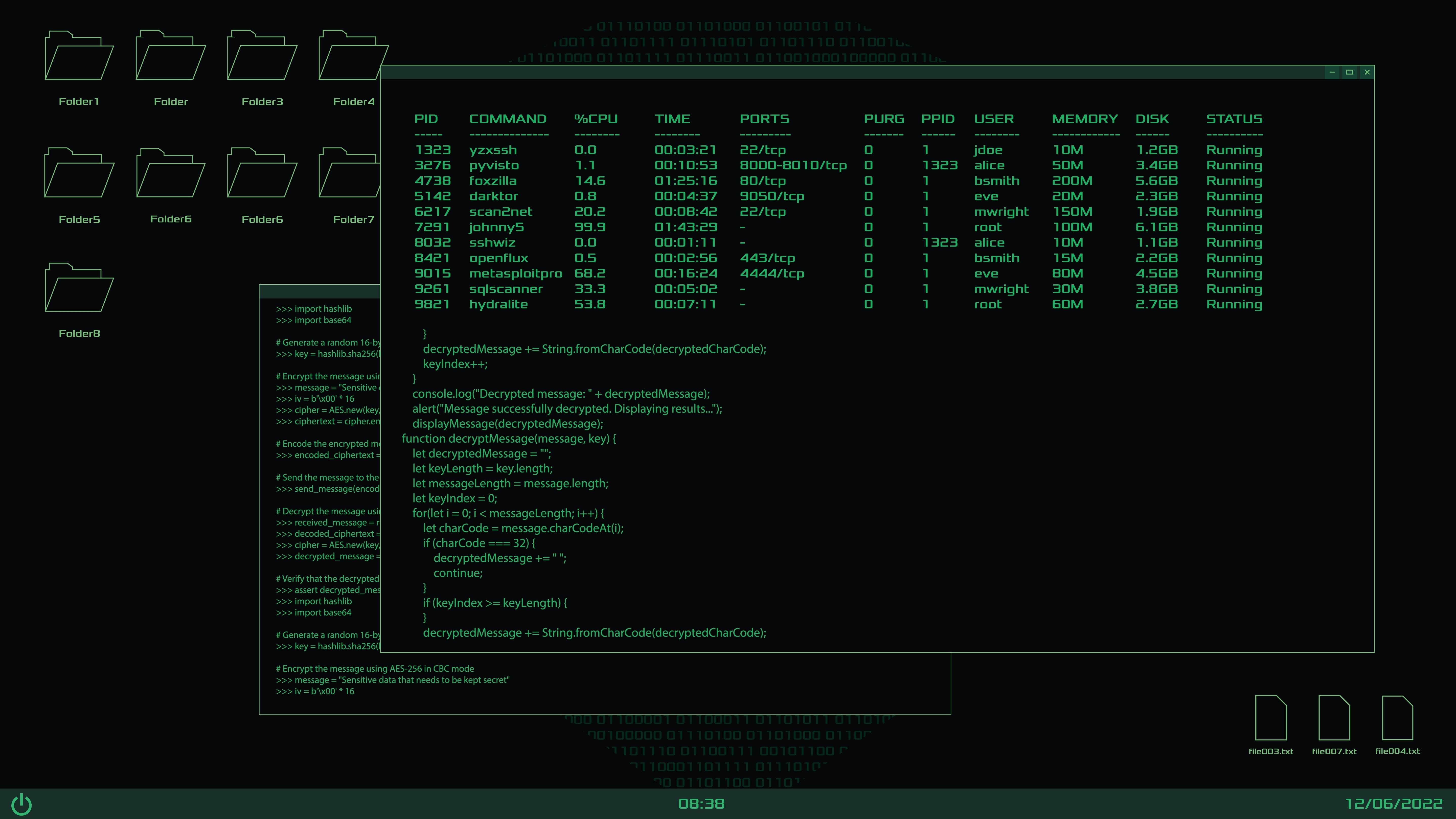Financial technology companies face mounting pressure to protect billions in digital transactions while maintaining customer trust and regulatory compliance. Recent data shows a 150% increase in fintech-targeted cyber attacks since 2021, with the average security breach now costing firms $4.2 million in direct losses and remediation. For fintech executives, the ability to detect, contain, and recover from crises has become a defining factor in market survival. This reality demands a sophisticated approach to crisis management that combines rapid response capabilities with strategic reputation protection.
PR Overview
Building Specialized Crisis Response Teams
The foundation of effective fintech crisis management starts with assembling the right team. Modern fintech operations require specialized roles beyond traditional crisis management structures. A Chief Crisis Officer should lead the core team, supported by fraud analysts, IT security specialists, compliance officers, and communications experts.
Research from DataInsights Market shows that companies with dedicated crisis teams reduce incident response times by 60% and cut financial losses by 40% compared to those without specialized units. These teams need clear authority frameworks and regular crisis simulation training to maintain readiness.
Key positions should include:
- Chief Crisis Officer: Strategic oversight and decision-making
- Fraud Analysis Lead: Real-time threat detection and investigation
- IT Security Director: Technical response and system protection
- Compliance Manager: Regulatory reporting and documentation
- Communications Director: Stakeholder messaging and media relations
Real-Time Detection and Response Systems
Modern fintech crisis management relies heavily on automated detection systems. AI-powered platforms now process over 100,000 signals per second to identify potential fraud patterns, while blockchain technology provides immutable transaction records for security verification.
According to Oscilar’s 2024 analysis, unified command centers that integrate multiple data streams have shown particular effectiveness. These centers combine:
- AI-driven pattern recognition
- Automated compliance monitoring
- Real-time transaction screening
- Behavioral analytics
- Cognitive identity verification
Companies implementing these integrated systems report 75% faster threat detection and a 65% reduction in false positives compared to traditional monitoring methods.
Managing Reputation During Regulatory Scrutiny
When regulatory issues arise, the speed and transparency of communication become critical factors in preserving brand trust. The Global Fintech Crisis Management Report indicates that companies which communicate proactively during regulatory challenges maintain customer confidence rates 3x higher than those that delay their response.
Effective reputation management requires:
- Pre-approved communication templates for various scenarios
- Coordinated messaging across all channels
- Real-time social media monitoring
- Regular stakeholder updates
- Transparent progress reporting
Recent cases show that fintech firms implementing these practices maintain 85% of their customer base during regulatory investigations, compared to a 40% retention rate for companies without structured communication plans.
Operational Response Frameworks
The Four R’s framework (Recognize, Ready, Respond, Recover) provides a structured approach to crisis management. This system helps organizations maintain operational continuity while addressing immediate threats.
Key components include:
- Incident classification matrices
- Response activation protocols
- Stakeholder notification procedures
- Recovery milestone tracking
- Performance metrics monitoring
Companies following structured response frameworks report 45% faster crisis resolution times and 30% lower overall incident costs.
Technology Integration for Crisis Resilience
Advanced technology integration has become essential for crisis prevention and response. AI and machine learning systems now predict potential crises with 80% accuracy, while automated response protocols reduce manual intervention requirements by 60%.
Critical technology components include:
- AI-powered risk assessment tools
- Blockchain-based transaction verification
- Automated regulatory reporting systems
- Real-time data analytics platforms
- Cloud-based recovery systems
The financial technology sector continues to evolve rapidly, making crisis management an increasingly complex challenge. Success requires a combination of specialized teams, advanced technology, and well-defined response protocols. Organizations must regularly update their crisis management capabilities to match emerging threats and regulatory requirements. Those that invest in comprehensive crisis management systems position themselves to maintain operational stability and customer trust through future challenges.
Crisis Communications for Beauty Brands
When a beauty brand faces a crisis, the clock starts ticking immediately. Whether it's a...
How PR Shapes Trust in a Post-Hype Blockchain Era
The blockchain industry has weathered multiple storms—from spectacular exchange collapses to...
The Intersection of Corporate Communications and Cybersecurity Messaging
When a cybersecurity incident strikes, the technical breach is only half the battle. The other...




